The whiff of nostalgia – an earthy medley of wood and leather – greets you as you walk into the two-level Bank Mandiri building, where time seems to stand still. Ornate floral tiles and stained-glass windows provide colourful counterpoints to the sombre granite staircase and hardwood furniture. Now and then, the distant blaring of a train horn from a nearby railway station punctuates the old-world atmosphere.
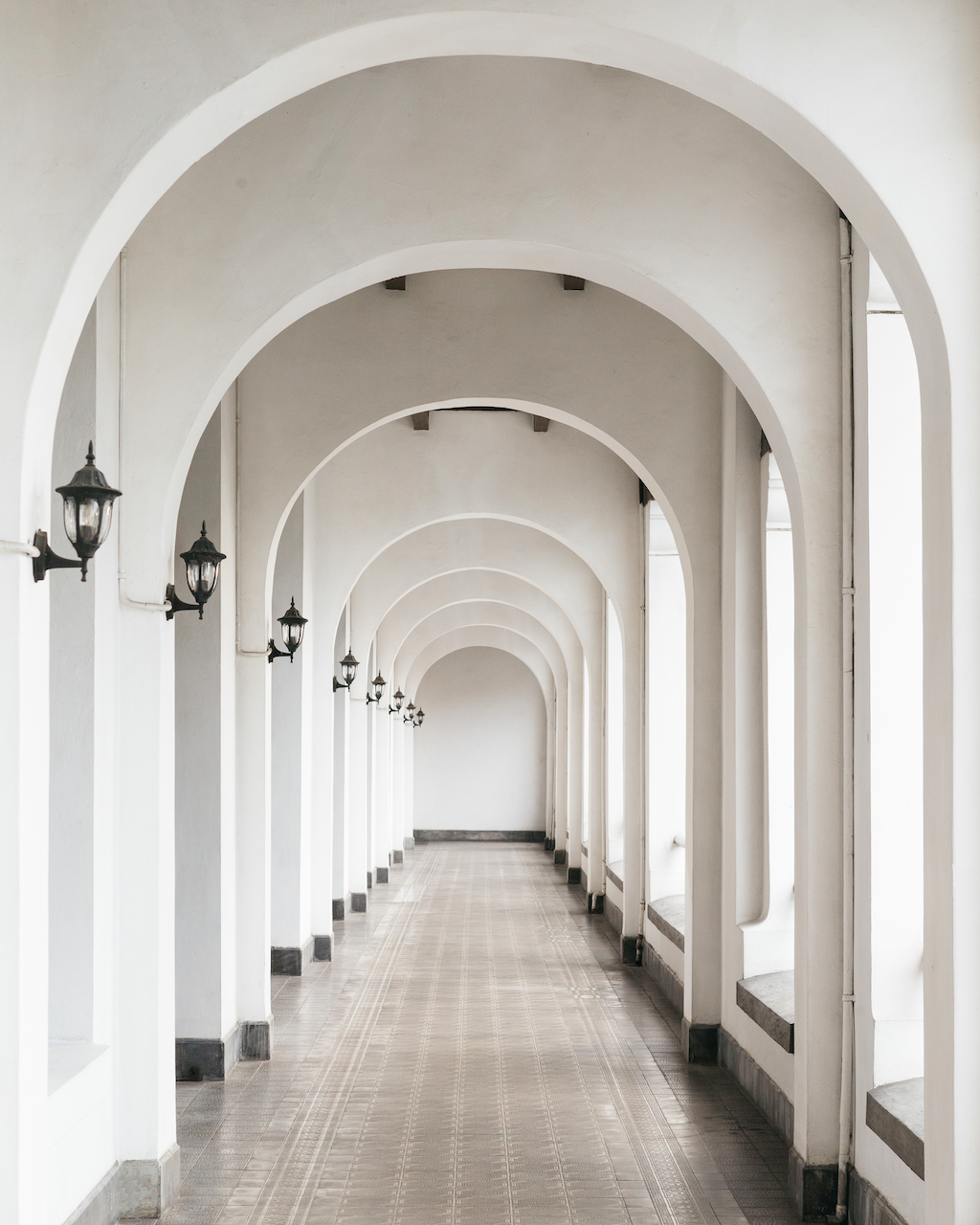
Built in 1908, the handsome arcaded Bank Mandiri building once housed the office of the Netherlands Trading Society, successor of the Dutch East India Company (Vereenigde Oostindische Compagnie, or VOC, in Dutch). It stands along the narrow Semarang River at the entrance of Kota Lama, the historic core of Semarang City in Central Java.
“It’s one of the best examples of restoration in town,” says 68-year-old Tjahjono Rahardjo on a walking tour with other heritage activists, pointing out the distinctive features of the New Indies-style edifice. Developed from the late-19th century to mid-20th century, the New Indies style combined Western and native design elements to adapt to the tropical climate of Indonesia. This included high ceilings and louvred windows for ventilation, and “double façades” that form covered galleries, which protect the building from sunlight and rainfall.
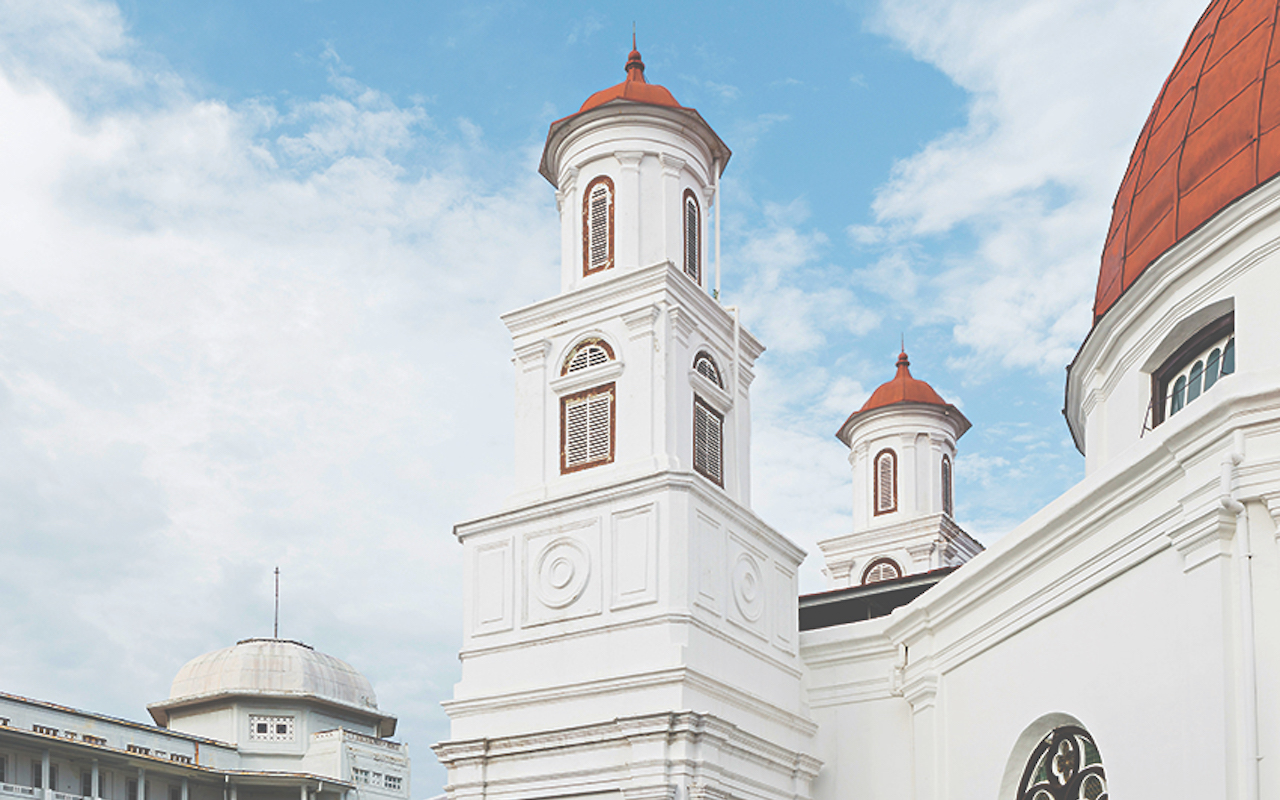
Kota Lama, “Old Town” in Bahasa Indonesia, was established in 1678, when the harbour of Semarang was handed over by the Sultanate of Mataram to the VOC to pay off a debt. The multicultural riverside settlement soon expanded into an important centre of trade and commerce. Today, 116 heritage buildings can still be found within the 30-hectare area, spanning different styles from Baroque to Modernism, hence the nickname “Little Netherlands”.
As one of the best-preserved ensembles of Dutch-era buildings in the country, Semarang Old Town has been tentatively listed for nomination as a Unesco World Heritage site since 2015. The Tentative List contains cultural and natural heritage sites considered to be of “outstanding universal value”. Before a submitted property officially becomes a World Heritage site, it undergoes a lengthy and detailed nomination process that involves the production of documents demonstrating its global significance, and a management plan outlining the mechanisms in place to conserve and protect it.
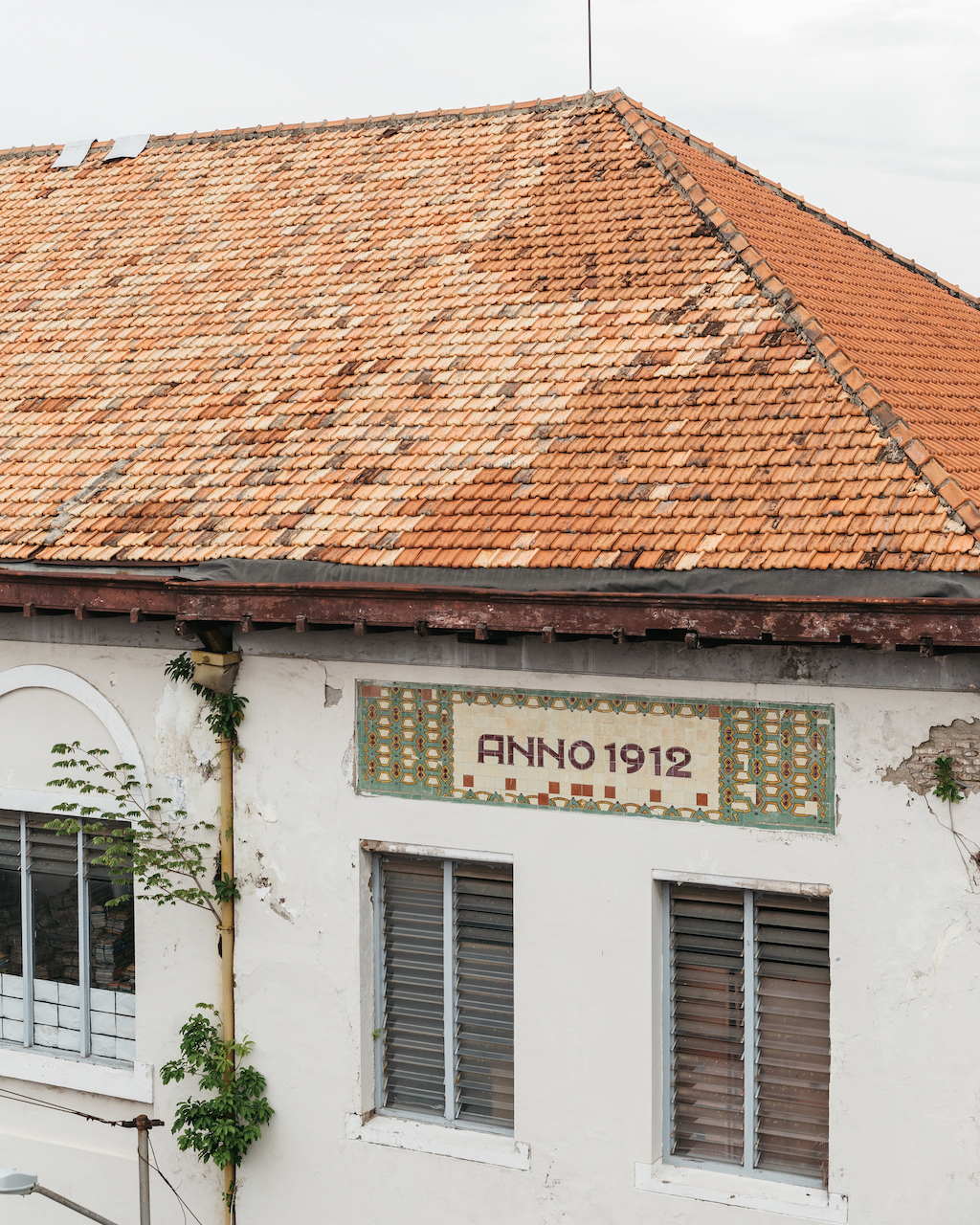
For the past three years, the national government has been supportive of Kota Lama’s revival, pouring in IDR230 billion (S$23 million) to revamp the area’s infrastructure, including the drainage system, which addressed the perennial problem of flooding.
In December 2019, the first phase of the government-funded makeover was completed with the main thoroughfares overhauled with concrete pavers and made more pedestrian-friendly through the installation of cast-iron bollards and candelabra-style street lamps.
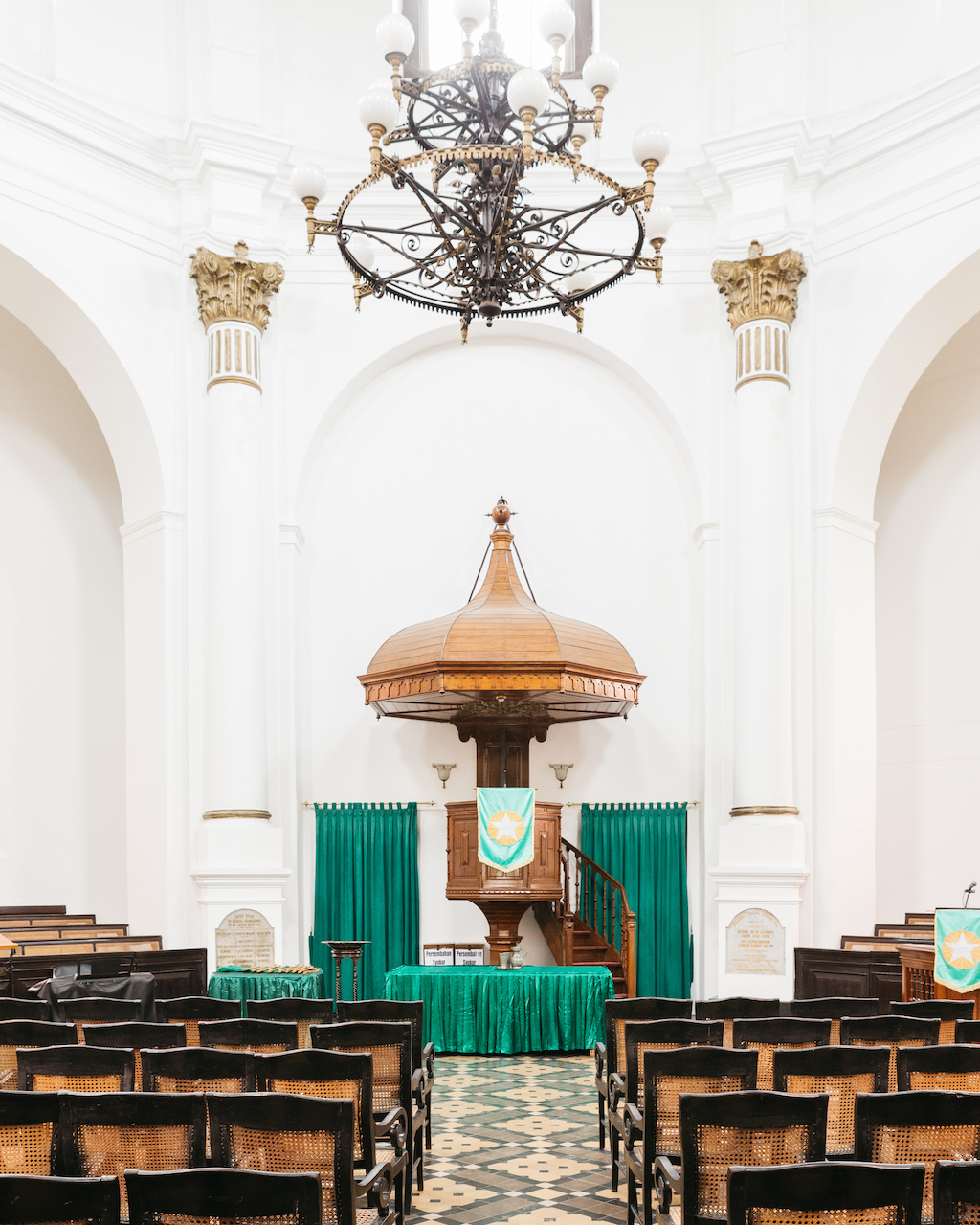
Just a short stroll down the street from the Bank Mandiri building, the epicentre of the action is Gereja Blenduk, an 18th-century Protestant church. It fronts the leafy square of Taman Srigunting, which is surrounded by once-derelict buildings now occupied by coffee shops, restaurants and indoor markets. As the cerulean glow of twilight hangs above the church dome, buskers entertain curious passersby.
“Before, one would only run into bandits here,” says 36-year-old heritage advocate Yuliansyah Ariawan, amused at the flurry of activity in what was once considered a shady part of the city notorious for its gangsters and gamblers. The historic enclave, plagued by flooding, began falling into disrepair in the 1970s, as businesses moved out. Many of the heritage buildings were left to decay.
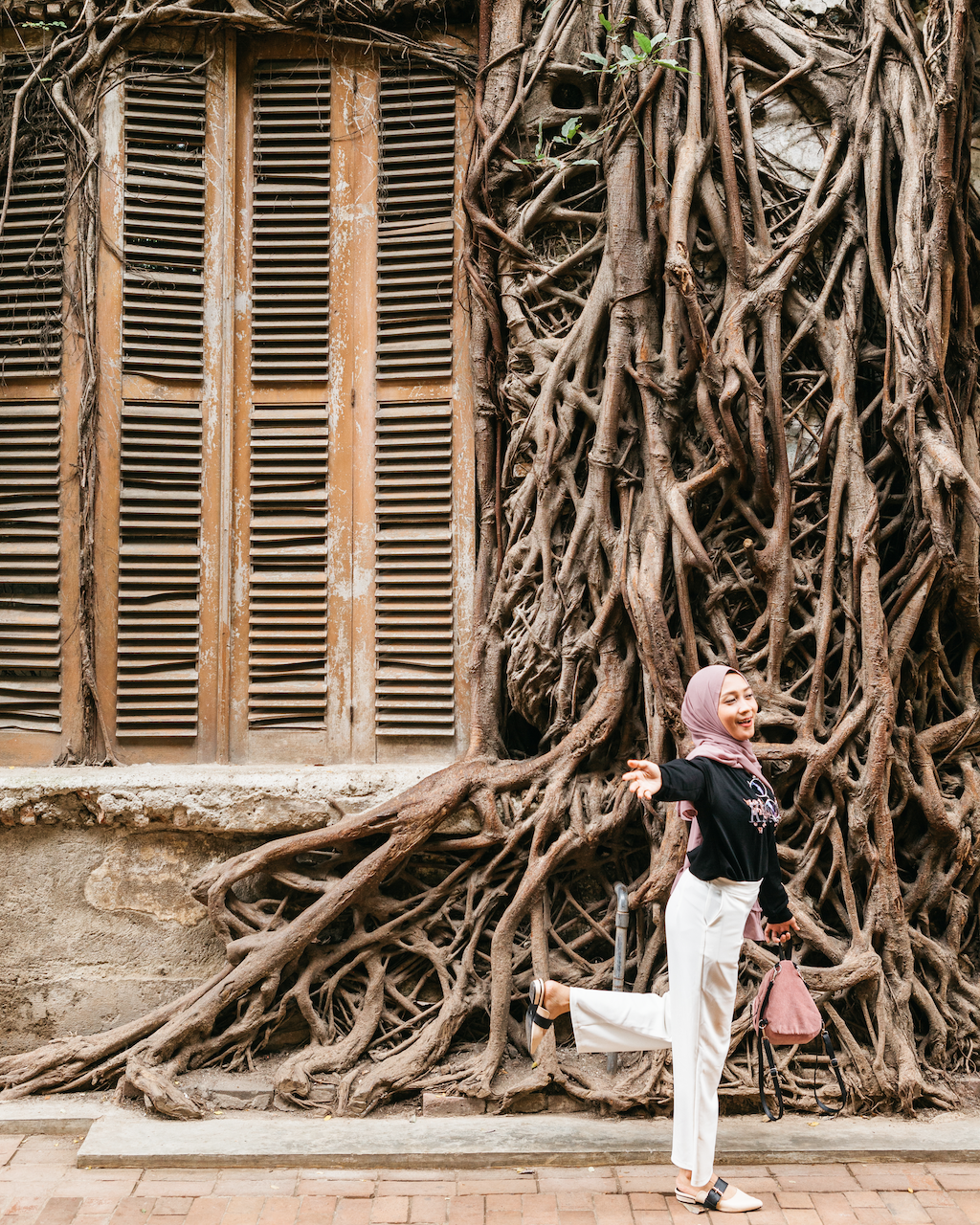
Fortunately, it was the impetus of urban renewal, spearheaded by the tourism-oriented current administration of the city government, that convinced building owners to resurrect abandoned properties and entrepreneurs to invest in the neighbourhood. Currently, 80% of the heritage buildings in Kota Lama have been restored. Among the pioneers is Bintang Barnabas, who reopened a coffee house, Hero Coffee, in the area two years ago.
“My business partners and I were attracted by the history of the building, but back then we were unsure about the future of Kota Lama,” Bintang says. “The local government, however, reassured us that the area would be revitalised into a new tourist destination.” Hero Coffee now occupies the former administration office of a sugar trading company once owned by Chinese-Indonesian tycoon Oei Tiong Ham. “We’ve kept 80% of the original structure,” explains Barnabas. The renovation retained the façade and layout of the shophouse-style building with its traditional inner courtyard.
Coffee lovers aside, Kota Lama is also a potential draw for artists. During his visit to the old town at the end of December 2019, as part of his inspection of ongoing infrastructure projects in Semarang, Indonesian President Joko Widodo expressed interest in developing the enclave further into a creative hub.
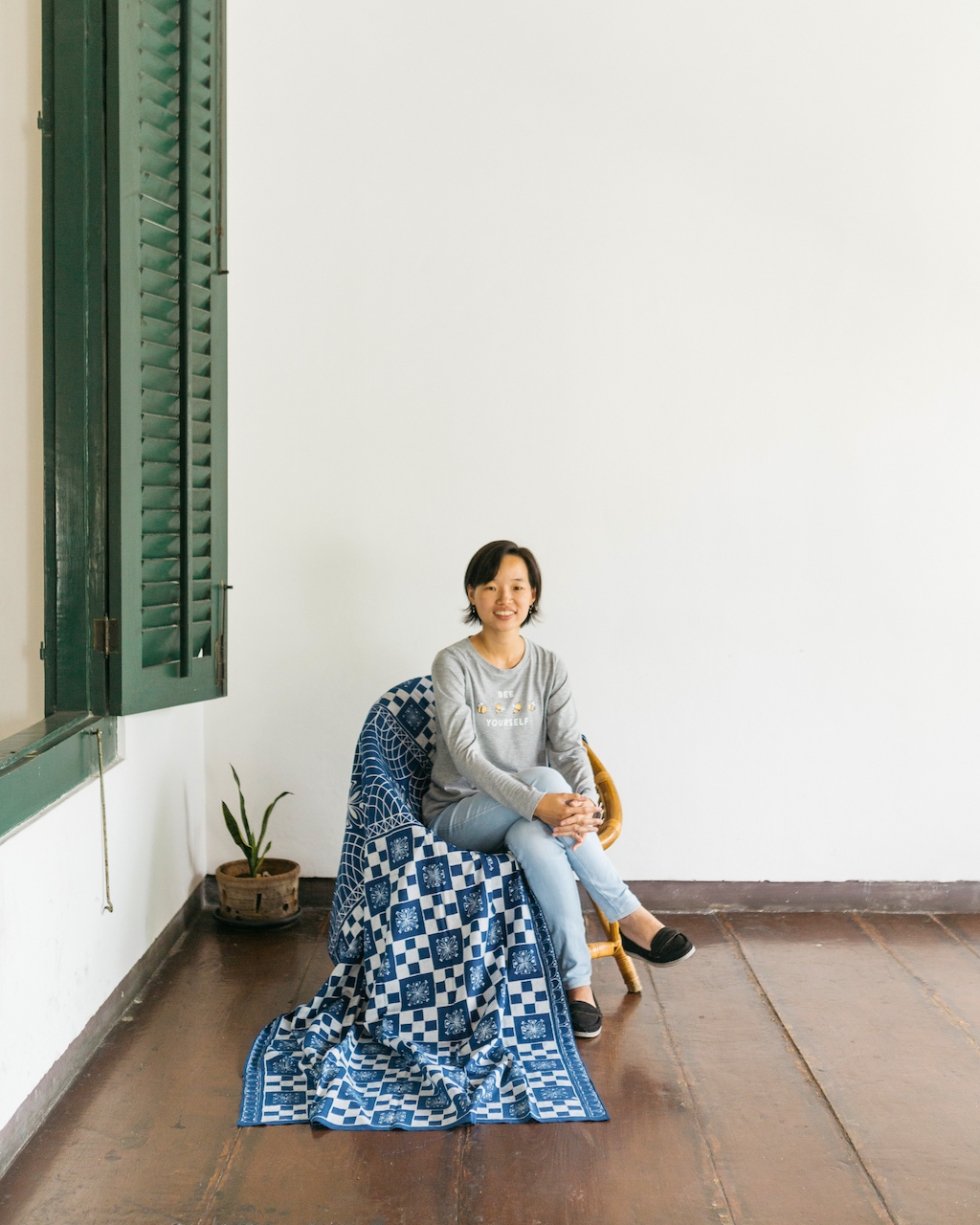
At another café further down the main street, we find one of the creative individuals who have long found inspiration in the neighbourhood. When pattern designer Jessie Setiawati isn’t managing Tekodeko Koffiehuis – a five-year-old coffee house located in a restored 19th-century residence – she scours old edifices, such as the Bank Mandiri building, for interesting architectural details like ceramic tiles and window grills. She adopts them into eye-catching motifs for batik tulis (hand-drawn batik) items and leather-bound journals under her online brand, Setitik Cultureware. “My goal next year is to help underprivileged people in the local community by hiring them to create new products,” the 29-year-old artist says.
Indeed, many believe that community development is integral to successfully revitalising the historic area. “World Heritage isn’t only for tourism, but for the preservation [of the site] and education for the next generations,” says Anastasia Dwirahmi, a staff member of Badan Pengelola Kawasan Kota Lama (BPK2L), the management agency preparing the nomination dossier. “We need to include the local residents in the planning process.”
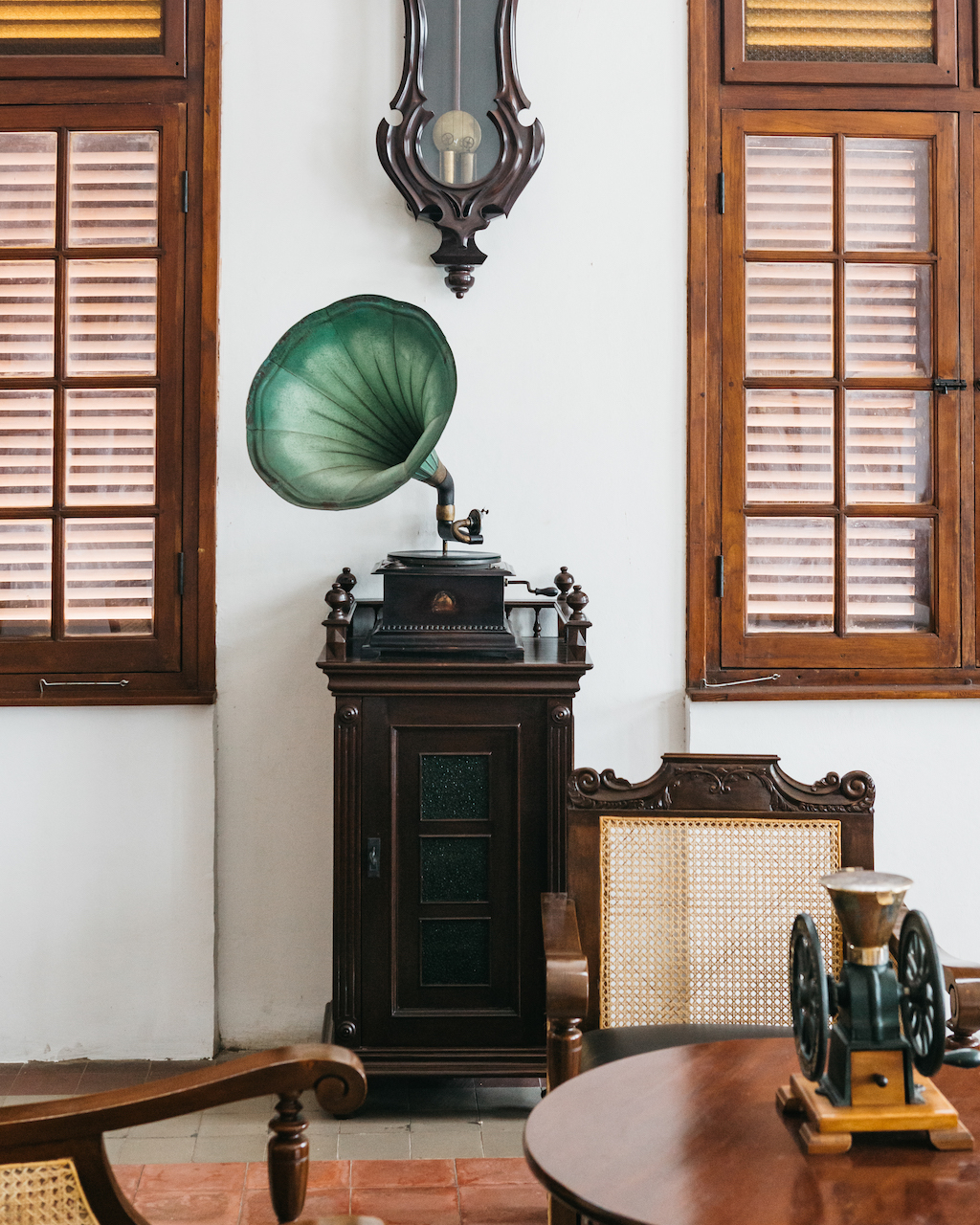
Tjahjono and Ariawan, who are also co-managers of Monod Diephuis, a 1920s building converted into a community space, agree. “One shouldn’t only fix infrastructure, but also empower people,” Ariawan says. Last October, Monod’s team trained becak (trishaw) drivers in tour guiding, as one of their outreach projects.
The following day, we meet becak operator Lasipan, one of the 27 beneficiaries of the community building programme, waiting for tourists at the entrance of Kota Lama. “The training helped me a lot,” says the chatty 64-year-old who has been working the same occupation for the past four decades. “We were each given a booklet that teaches us the background of the old buildings, which we impart to our guests.”
Presently, Lasipan earns a better living taking tourists around on his two-passenger becak at IDR75,000 (S$7.50) for a two-hour excursion, a rate that’s more than double the daily average income he used to earn.
“Kota Lama is a jewel that shines once again”
Another well-respected heritage expert, Jongkie Tio, hopes heritage tours such as these will shed light on the lesser-known buildings of Kota Lama, such as the Roman Catholic complex built outside the former walls of the now demolished 17th-century citadel. “St Joseph’s Church is particularly special because it was mostly constructed with materials from Europe,” the 78-year-old historian shares.
After pedalling through quiet side streets, Lasipan drops us off at St Joseph’s on the eastern side of town. Built in the 1870s, the Neo-Gothic church was completed using red bricks and stained-glass windows from the Netherlands, and furnished with Italian-made statues and a Gothic altar from Germany.
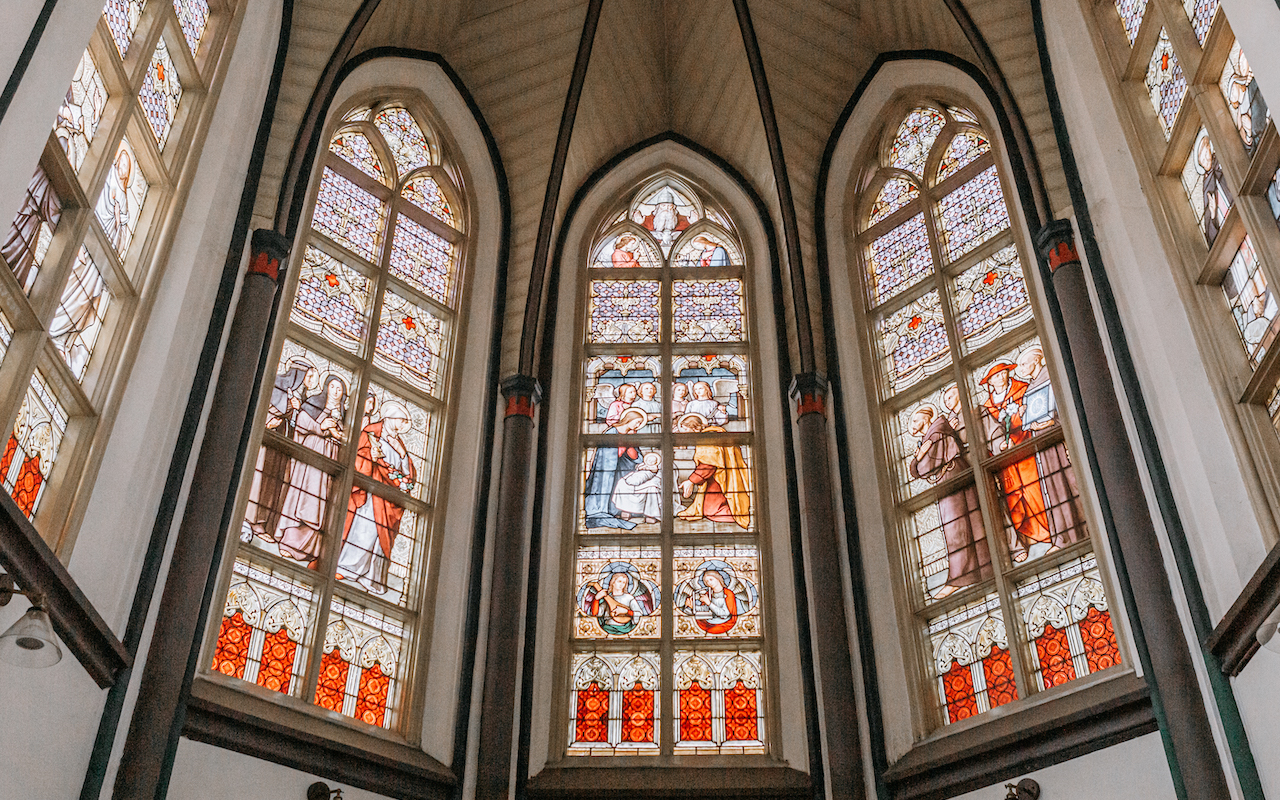
Finally, we walk across the street from the church to marvel at another oft-overlooked gem hiding behind a concrete perimeter wall: the nunnery of Suster Suster St Fransiskus with its 19th-century chapel decorated with exquisite stained-glass windows. The compound was built around a former VOC hospital building, erected in 1732.
The secluded structure, reputedly the oldest surviving building in Kota Lama, now houses a new museum exhibiting antiques and memorabilia that showcase the local history of the Franciscan congregation.
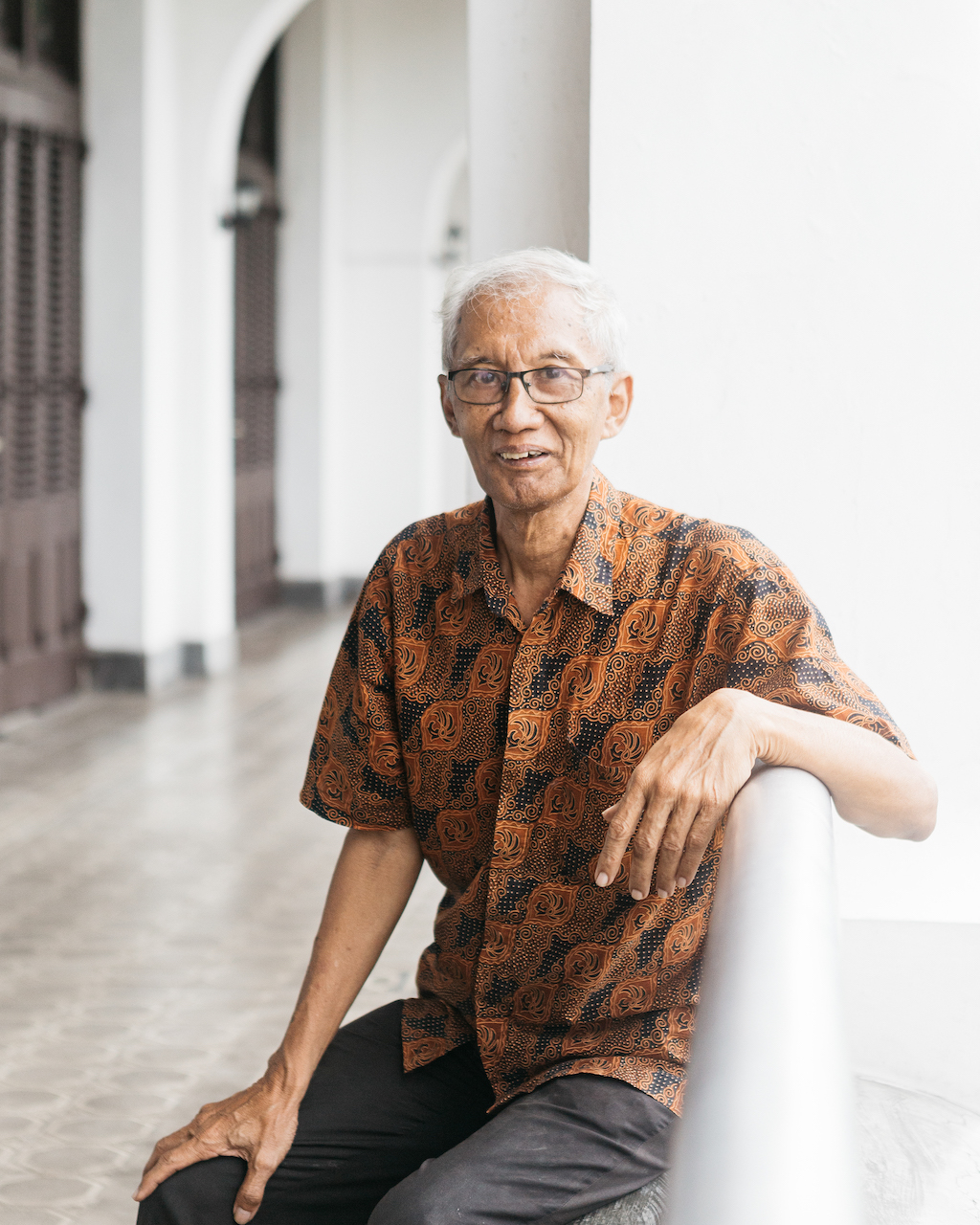
As the old town is rebuilt, its unique histories are pieced together for the next generations. “Kota Lama is a jewel that shines once again,” says Tio, who has personally witnessed the ebb and flow of the storied enclave. He commends aspects of the ongoing restorations that respect the spirit of the place.
It’s a success story largely written by the growing community of local artists, entrepreneurs and heritage warriors, all dusting off decades of neglect and working together to recover the area’s long-lost lustre.
3 cafés to check out in Kota Lama
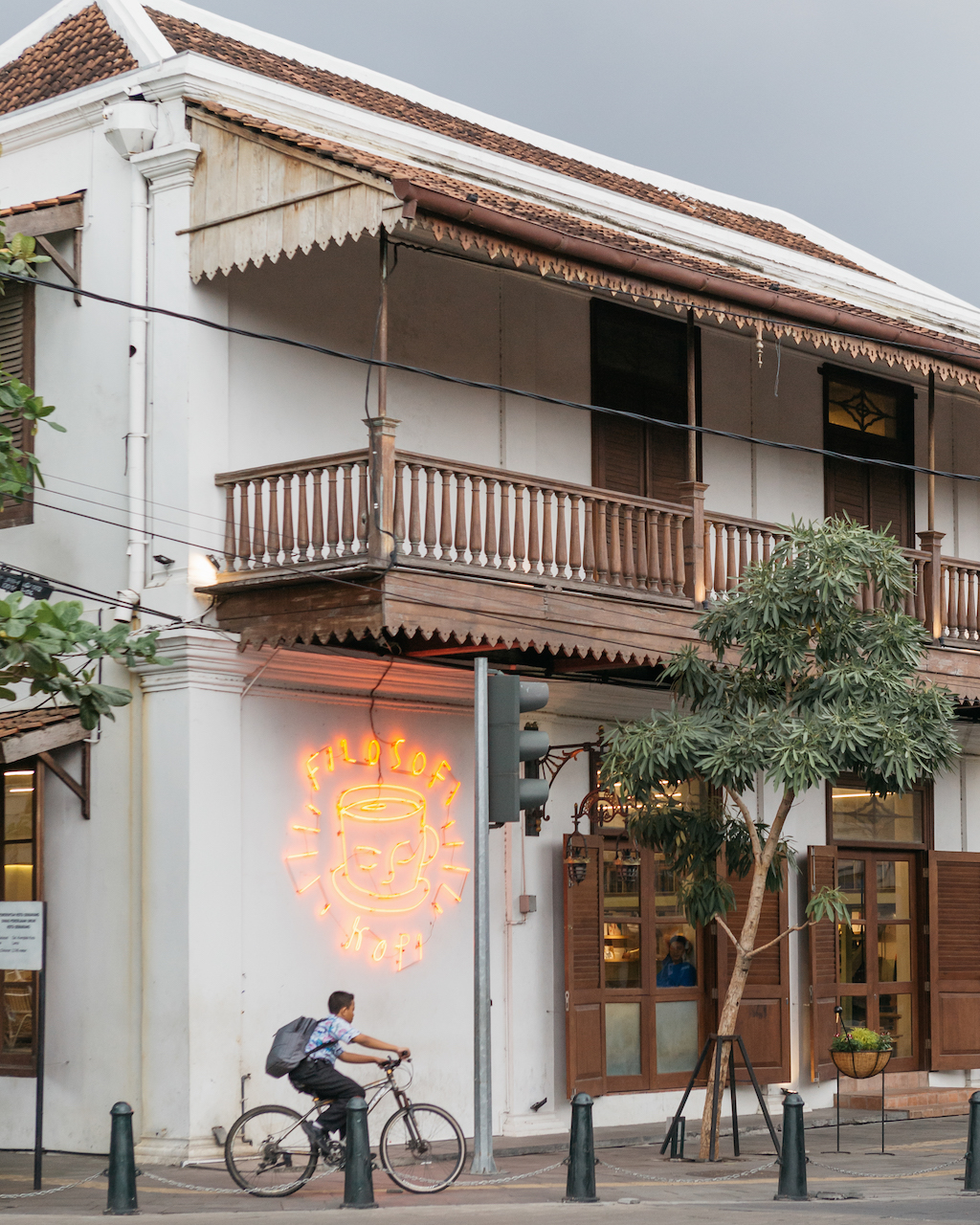
1. Filosofi Kopi
This Jakarta-born coffeehouse chain – inspired by the namesake novel-turned-movie – operates in a two-storey former military building along the main drag. Their open-style bar can whip up everything from manual brews to coffee desserts.
2. Covaré
Tucked inside a former warehouse behind Blenduk Church, this cosy shop serves coffee and tea-based drinks with traditional nibbles like risoles (croquettes) and roti ganjel rel (cinnamon cake), a Semarang speciality.
3. Javara Culture
Located at Taman Srigunting, this café promotes all-natural, local ingredients, which the staff uses to prepare local dishes like bebek goreng (crispy duck) and bandeng kropok (grilled milkfish).
SEE ALSO: Rooting for the future: Restoring mangrove forests in Semarang
To learn more about SilkAir flights to Semarang, visit singaporeair.com.
The post How restorations are breathing new life into Semarang’s Old Town appeared first on SilverKris.
from SilverKris
No comments:
Post a Comment